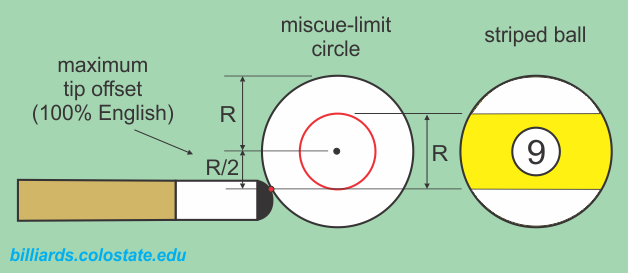I just posted a new video on YouTube that demonstrates everything you need to know about sidespin. Here it is:
Topics covered (with YouTube video time-stamp links) include:
- terminology (0:26)
--- running/reverse/outside/inside (1:10)
--- "tips" of english (2:43)
- examples and shot types (3:26)
--- kick with spin (4:30)
--- throw shot (4:45)
--- rail cut shot (4:58)
---- swerve/massé shot (5:15)
- effects (5:32)
--- drag shot (7:20)
- useful drills (9:02)
--- clock system (9:20)
--- target practice (10:08)
Please let me know if you have any feedback, comments, or questions. Also let me know if you think I left out anything important.
FYI, here are the supporting videos mentioned in the video that cover in detail CB deflection and how to adjust your aim when using sidespin:
- squirt/swerve/throw/deflection
- Got English?
- Back-Hand English (BHE) and Front-Hand English (FHE)
- System for Aiming With Sidespin (SAWS)
Enjoy,
Dave
Topics covered (with YouTube video time-stamp links) include:
- terminology (0:26)
--- running/reverse/outside/inside (1:10)
--- "tips" of english (2:43)
- examples and shot types (3:26)
--- kick with spin (4:30)
--- throw shot (4:45)
--- rail cut shot (4:58)
---- swerve/massé shot (5:15)
- effects (5:32)
--- drag shot (7:20)
- useful drills (9:02)
--- clock system (9:20)
--- target practice (10:08)
Please let me know if you have any feedback, comments, or questions. Also let me know if you think I left out anything important.
FYI, here are the supporting videos mentioned in the video that cover in detail CB deflection and how to adjust your aim when using sidespin:
- squirt/swerve/throw/deflection
- Got English?
- Back-Hand English (BHE) and Front-Hand English (FHE)
- System for Aiming With Sidespin (SAWS)
Enjoy,
Dave
Last edited:
